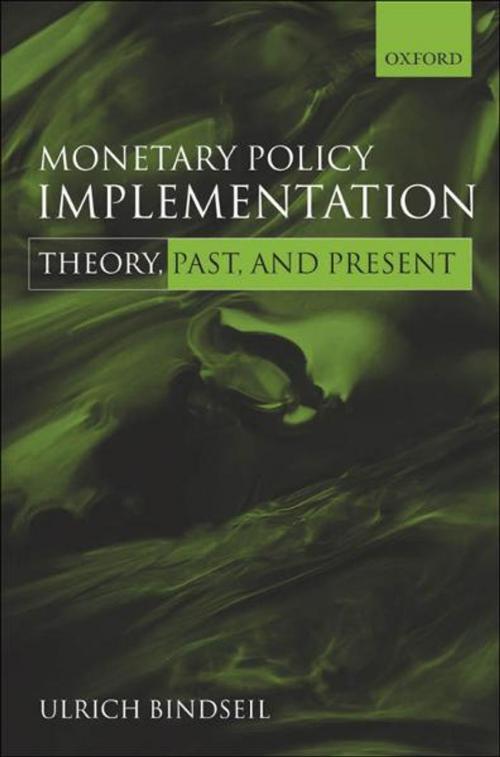Monetary Policy Implementation
Theory, past, and present
Business & Finance, Economics, Money & Monetary Policy, Theory of Economics| Author: | Ulrich Bindseil | ISBN: | 9780191608476 |
| Publisher: | OUP Oxford | Publication: | December 2, 2004 |
| Imprint: | OUP Oxford | Language: | English |
| Author: | Ulrich Bindseil |
| ISBN: | 9780191608476 |
| Publisher: | OUP Oxford |
| Publication: | December 2, 2004 |
| Imprint: | OUP Oxford |
| Language: | English |
The first of its kind, this book is entirely dedicated to the implementation of monetary policy. Monetary policy implementation has gone through tremendous changes over the last twenty years, which have witnessed the quiet end of 'reserve position doctrine' and the return of an explicit focus on short-term interest rates. Enthusiastically supported by Keynes and later by the monetarist school, reserve position doctrine was developed mainly by US central bankers and academics during the early 1920s, and at least in the US became the unchallenged dogma of monetary policy implementation for sixty years. The return of interest rate targeting also corresponds largely to the restoration of central banking principles established in the late 19th century. Providing a simple theory of monetary policy implementation, Bindseil goes on to explain the role of the three main instruments (open market operations, standing facilities, and reserve requirements) and reviews their use in the twentieth century. In closing, he summarizes current views on efficient monetary policy implementation.
The first of its kind, this book is entirely dedicated to the implementation of monetary policy. Monetary policy implementation has gone through tremendous changes over the last twenty years, which have witnessed the quiet end of 'reserve position doctrine' and the return of an explicit focus on short-term interest rates. Enthusiastically supported by Keynes and later by the monetarist school, reserve position doctrine was developed mainly by US central bankers and academics during the early 1920s, and at least in the US became the unchallenged dogma of monetary policy implementation for sixty years. The return of interest rate targeting also corresponds largely to the restoration of central banking principles established in the late 19th century. Providing a simple theory of monetary policy implementation, Bindseil goes on to explain the role of the three main instruments (open market operations, standing facilities, and reserve requirements) and reviews their use in the twentieth century. In closing, he summarizes current views on efficient monetary policy implementation.















